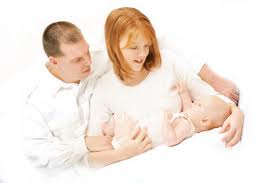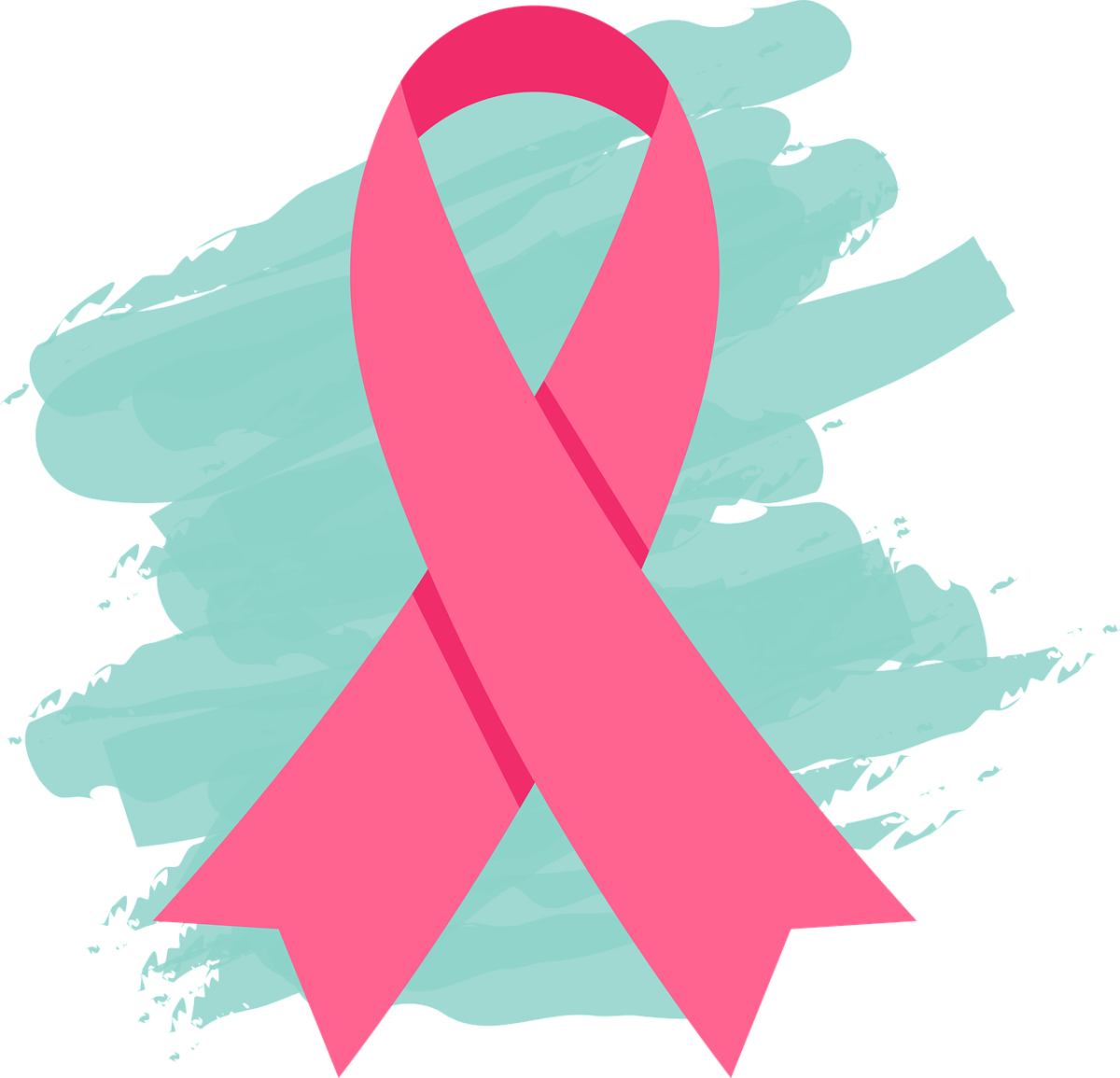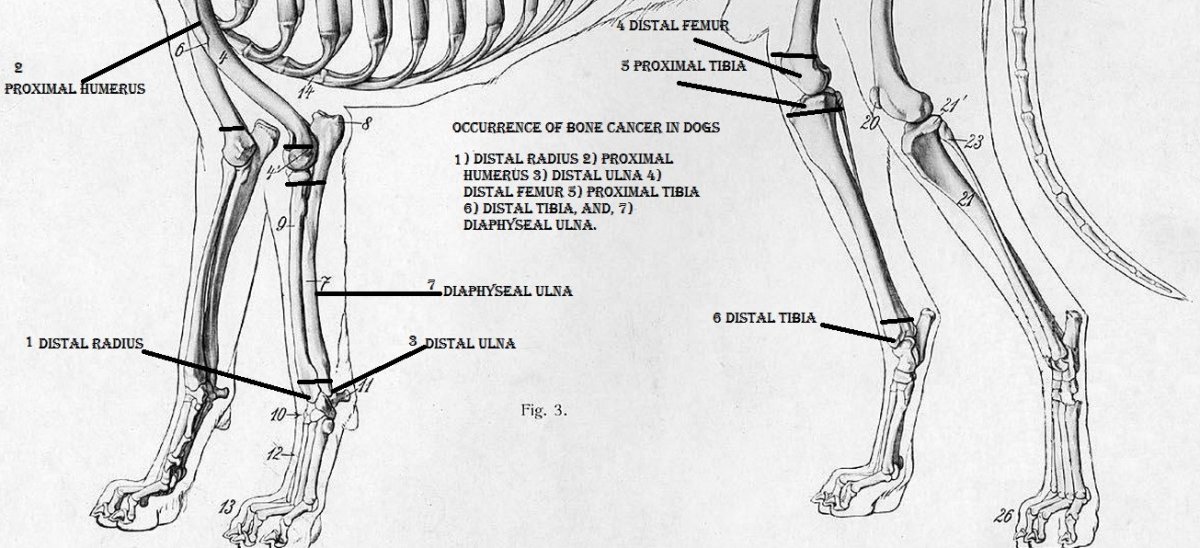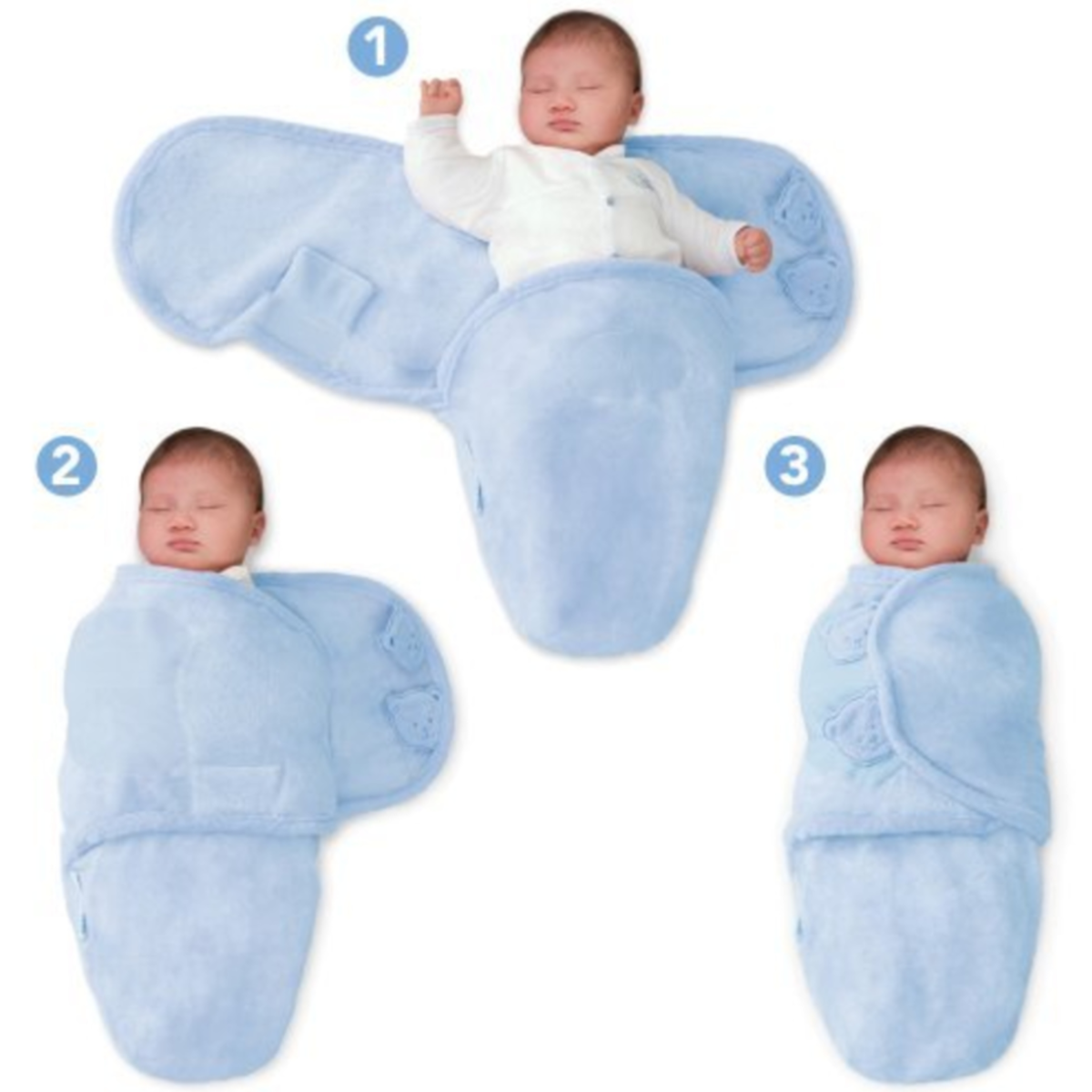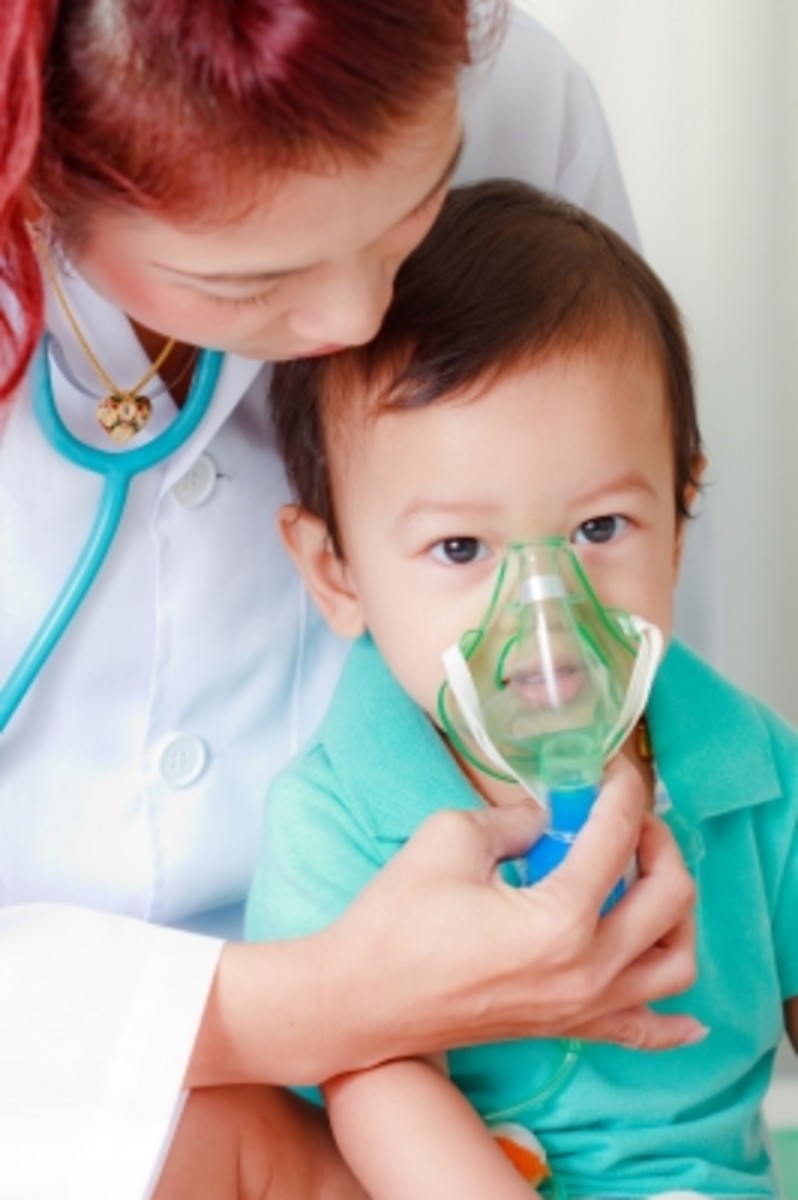Sudden Infant Death Syndrome: Cause of Infant Death During Sleep
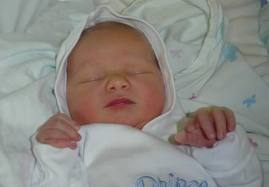
A Tragedy for Parents
The death of an infant is devastating to all those involved; even more disturbing is the sudden, mysterious death that occurs with Sudden Infant Death Syndrome. This medical term describes the abrupt death of an infant which remains unexplained after all known possible causes have been carefully eliminated. Many procedures are used to determine the cause of death such as autopsy, death scene investigation, and review of the medical history. Sudden Infant Death Syndrome, often reffed to by its acronym SIDS, is not a new problem; the baby described in the Bible as being "overlaid" by his mother was very likely a victim of crib death.
SIDS, also called crib death, is the leading cause of death of infants between one month and one year. About three out of every thousand infants die each year from SIDS. Each year, more infants die from SIDS than all who die from cancer, heart disease, pneumonia, child abuse, AIDS, cystic fibrosis, and muscular dystrophy combined.
Parents have many questions about Sudden Infant Death Syndrome and want to learn how to avoid such a misfortune in their families. Parents will feel more relaxed when lying their baby to sleep when they understand the possible causes, risk factors, and prevention methods for SIDS.

What causes Sudden Infant Death Syndrome?
The truth is currently there is no adequate medical explanation. Current theories suggest causes could be stress in a normal, healthy baby, caused by infection or other factors, a birth defect, the failure to develop properly, and/or defects in the nervous system, preventing the infant from recovering from an episode of arrhythmia, abnormal heartbeats, or hypoxia, oxygen deficiency. As scary as it may sound, with hypoxia, an infant can slip into a coma.
More than half of infants die from respiratory failure, while a good percentage die from circulatory failure. It is also suggested that since infants who die of Sudden Infant Death Syndrome are found to have more immune cells in their lungs than healthy babies, they may have died from an allergic reaction.
Many studies have been done to try to find the causes of SIDS. Scientists are researching the development and function of the nervous system, the brain, the heart, breathing and sleep patterns, body chemical balances, autopsy findings, and things found in the environment. Further studies have concluded that more than one of these factors may have caused SIDS. For now, crib death remains a mystery killing innocent babies.

Risk Factors
Risk factors do not cause Sudden Infant Death Syndrome, but they do affect the chance of it happening. The strongest risk factor is second hand smoke. Babies who are exposed to second hand smoke or whose mother had a history of smoking are twice as likely to die from SIDS.
There has also been a correlation between Sudden Infant Death Syndrome and the use of pain killers during labor. This doesn't mean mothers have to suffer through the pain of natural childbirth just to avoid SIDS. Other risk factors that have been linked to SIDS include poor prenatal care and bottle-feeding. Breast feeding actually reduces the risk of SIDS.
Many risk factors cannot be avoided such as race, poverty, male births, winter births, a family history of SIDS, premature births, low birth weight, and multiple births. SIDS is more common among African American families.
"Bed-sharing" is a controversial subject. It can be a risk or a protective factor. Although Sudden Infant Death Syndrome usually occurs in healthy babies, it has been linked to the failure of the cardiorespiratory controls and apnea, prolonged pauses between breathing. It usually affects babies who are two to four months old and is less common in first born children.
Other risk factors include a teenage mother, the baby having a low birth weight, a lack of breast feeding, sharing your bed with your baby, a premature baby, a moldy household, male babies, and parents who smoke. These risk factors may somewhat play a role in preventing SIDS.

Recommendation
The main recommendation for preventing SIDS is lying an infant on his or her back to sleep. In countries, such as England, Australia, and New Zealand, which have largely switched to back sleeping, the SIDS rate has dropped. This correlation shows the importance of lying a baby on his or her back.
Researchers suggest that back-sleeping makes such a difference because babies are so weak. Their lungs are not strong enough to breathe air through the covers. Back sleeping helps the baby to have his or her nose and mouth uncovered, allowing them to have access to fresh air.
Great recommendations include a well ventilated sleep room for the baby, regular vaccinations, the administration of Vitamin C, and great air circulation with a fan or air conditioner. There is even a small amount of evidence that shows pacifiers can reduce SIDS.
It is best not to lie a baby on his or her side, since they can roll onto their stomachs. Amazingly, the risk of Sudden Infant Death Syndrome drops around the time that babies are able to turn so this isn't a big cause for alarm. There are bumper pads that can be useful. There is also baby sleep bags or sleep sacks. These may help accomplish this goal.
Another suggestion is to not cover the baby's head. Also, use light blankets, and make sure the baby is far enough down in the crib that there are no wedges to move around. Finally, do not put any pillows, soft toys, or soft, loose quilts in the crib with the baby. Instead, babies should be put to sleep on a firm, flat mattress. Ensure that your crib meets all safety standards.
Baby monitors distract parents and babies. They aren't really recommended unless needed. One last prevention method is to avoid overheating the baby. Infants can become too warm, which may cause them to drift into a deeper than usual sleep.
These suggestions and recommendations should be followed to ensure the infant's safety and hopefully avoid an occurrence of Sudden Infant Death Syndrome.

Conclusion
Overall, Sudden Infant Death Syndrome is an unspeakable tragedy. The death of an infant has a deep emotional impact on parents, as they may feel not only heartbroken, but also even partially responsible, though they are not. Parents are often faulsely accused of foul play, because the difference between SIDS and suffocation is hard to detect.The loss of a child is a tragic event; the child never has the opportunity to grow a unique personality or experience life.
However, the risk of Sudden Infant Death Syndrome is declining more and more. Also, as more risk factors, recommendations, and prevention methods are discovered, the prevalence of the syndrome is very rare.
Parents may still be concerned to a great extent, which is not healthy for either the parent or the baby. Hopefully, by gaining a greater understanding of Sudden Infant Death Syndrome, parents will feel ready to take care of their new baby without extensively worrying about a sudden death.
Those who lose a child to Sudden Infant Death Syndrome will suffer greatly psychologically, but most can recover with proper therapy and help. These moments are the most painful in life, but they can grant a grieving family a starting point for putting their lives back together with the proper help. Life may never be the same, but there is hope.
Further Resources
If you are curious about more information regarding Sudden Infant Death Syndrome, please find more information in these resources.
Sudden Unexplained Death of Infants: the Pathologists Viewpoint

Academic American Encyclopedia
What to Expect the First Year

Encyclopedia Americana
Childhood Medical Guide


Summary
Recommendations
|
|---|
Lay the baby on his or her back
|
Well ventilated sleep room
|
Regular vaccinations
|
Vitamin C
|
Fan
|
Pacifiers
|
Sleep Sacks
|
Safe crib
|
Summary
Risk Factors
|
|---|
Parents who smoke
|
Pain killers
|
Poor prenatal care
|
Bottle feeding
|
Teenage mother
|
Low birth weight
|
Bed sharing
|
Premature baby
|
Mold
|
